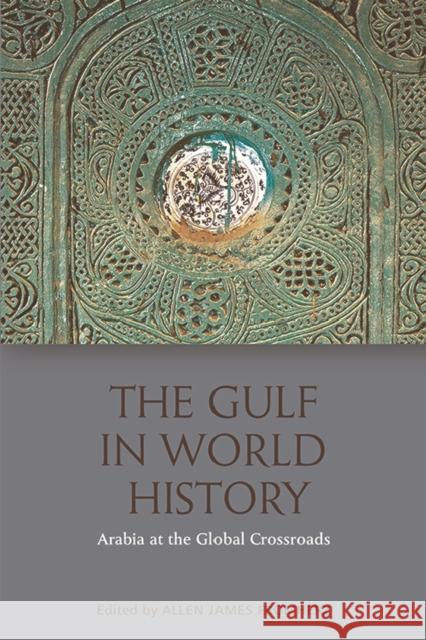The Gulf in World History: Arabian, Persian and Global Connections » książka
topmenu
The Gulf in World History: Arabian, Persian and Global Connections
ISBN-13: 9781474430661 / Angielski / Miękka / 2020 / 392 str.
The Gulf in World History: Arabian, Persian and Global Connections
ISBN-13: 9781474430661 / Angielski / Miękka / 2020 / 392 str.
cena 163,63
(netto: 155,84 VAT: 5%)
Najniższa cena z 30 dni: 125,88
(netto: 155,84 VAT: 5%)
Najniższa cena z 30 dni: 125,88
Termin realizacji zamówienia:
ok. 30 dni roboczych
Dostawa w 2026 r.
ok. 30 dni roboczych
Dostawa w 2026 r.
Darmowa dostawa!
Kategorie BISAC:
Wydawca:
Edinburgh University Press
Język:
Angielski
ISBN-13:
9781474430661
Rok wydania:
2020
Ilość stron:
392
Waga:
0.56 kg
Wymiary:
22.86 x 15.24 x 1.52
Oprawa:
Miękka
Wolumenów:
01











